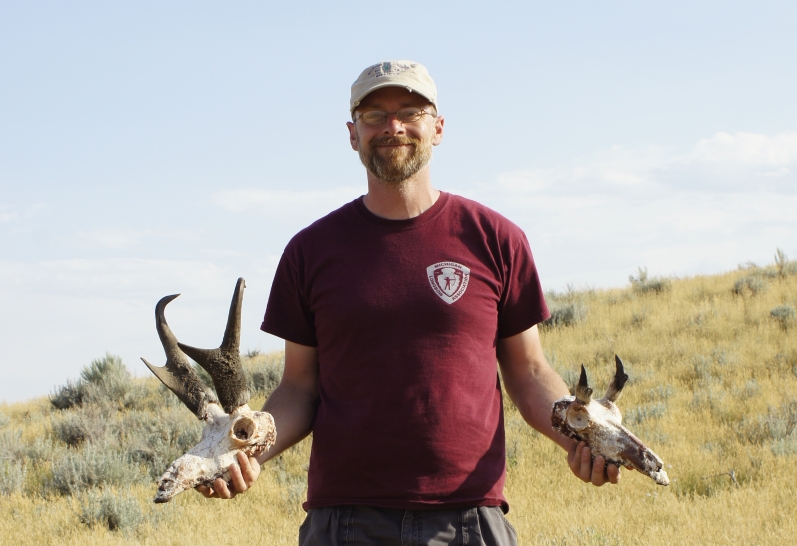
I have been very fortunate in my life and I’ve had the opportunity to have a few “once in a lifetime” trips already. The picture above from Wyoming Pronghorn 2016 stands out as one of those for sure!
People sometimes can’t believe some of the trips I’ve done, or what I have planned for the next few years. I’m going to do one post explaining how I pull off all of the hunting and trips that I do.
Rule #1, you do not talk about fight club. (Couldn’t resist.)
Rule #2, there are two sides to every coin. I will cover all the ways I accumulate cash later, but the other side of saving is spending. Spending wisely! Big trips might take years to plan, you have plenty of time to figure out how to make it cheaper. Easy things to shop are travel expenses, taxidermy fees, and buying any special but required equipment either used or on sale. Every dollar you can avoid spending makes saving so much easier!
Big tip here: If you know a particular outfitter you want to go with, find out if they donate hunts to non-profit organizations. It’s often possible to bid on donated hunt packages and win at less than face value. In a few weeks I will be at a banquet that has an all-inclusive hunt donated that I would really like to do. I will probably lose it, but I will be ready to bid up to 80% of face value when I go. If I win, I will have saved at least 20% on another “once in a lifetime” adventure.
Rule #3, put savings on the monthly budget. I have a small amount for entertainment on my budget for movies or meals out, but then I have a larger amount for “future fun.” I have to put up the money towards my next trip as soon as I’m paid or I will find something else to waste the money on.
Rule #4, put it on autopilot! Twice a month money goes from my bank to my long term hunting account. I started a Wealthfront account and I dribble in my future hunting dreams without ever having to do anything about it.
Rule #5, gather the Acorns before winter. Aside from the budgeted amount I save every month for my future hunts, I have turned on a “round up” savings mechanism. Acorns monitors all of my credit cards and my checking acount, every transaction that goes through, it rounds up and withdraws from my checking account. While it does cost $1 per month, which is incredibly high from a percentage perspective, it does encourage me to stash about $40-$50 extra per month. So while it might cost me $12 per year that I really don’t need to spend, it does bank up $500-$600 that I wouldn’t otherwise save. That money goes a LONG way towards out-of-state camping hunts!!!
Rule #6, Be the CHANGE you want to see in the world. I would like to see my freezer full instead of empty, so when I pay cash for something I always pay with a bill. All coin change I get in a year goes in a jar. It always comes out to a few hundred dollars each year. I always have my guide’s tip plus emergency cash ready to go before any trip. Boy Scout motto, be prepared!
So there you go, there’s nothing magical in the plan. Just a little bit every two weeks, a little bit every time the card swipes, and a little bit every time I get coin change.
Those links for Wealthfront and Acorns are referral links. If you plan to use either of those services anyway, please consider clicking them to help me fund my next hunt!
I wish you the very best in your planning of your dream hunt!


